What is a Product Performance Management Platform?
When every department understands true profitability and cost, marketing can know what to promote and commercial teams can know what prices to set, what to discount, and what to repurchase.
Promoting active and efficient collaboration across departments, particularly between marketing, purchasing, and graphic designer
Empowering the departments with consistent, easily accessible and understandable data
Removing key factors that negatively affect business growth such as dead-stock, high return rates, low LTV:CAC ratio
Selecting product-appropriate marketing channels with the right product pricing
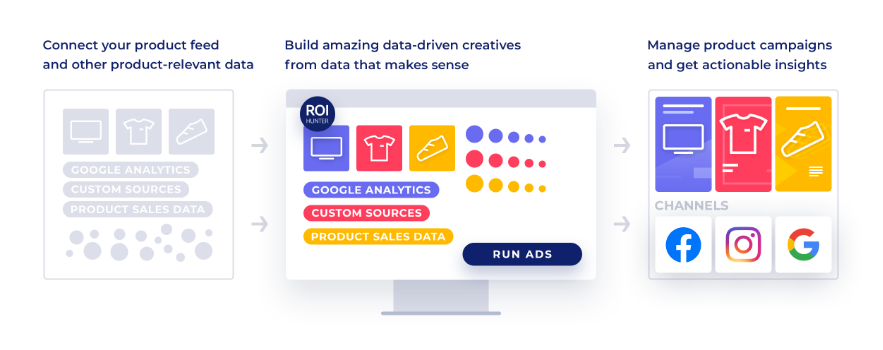

What are your goals? We have the solutions
Sustainable economy
Profitability
Profitability
Facebook and Google algorithms promote products with the most engagement. These are usually cheaper products that sell in great quantity, but don’t necessarily bring profits for your business
Understand your inventory on a product level and decrease/increase your budget on specific products based on their performance, and your optimization goals.
Eliminate return rates
Eliminate return rates
Products with high return rates may have more purchase events than other products (because once back in stock, they can be purchased again). This causes algorithms to promote them further, even though they are not profitable
Synchronise your data through a secure line to identify products with high return rates, and reduce the amount of promotion they receive
Decrease dead stock
Decrease dead stock
Certain products aren’t selling, either due to a lack of promotion, poor pricing, or low customer interest
Use the automatic classification of products to plan marketing alongside category managers, making sure activities are focused on the right products
Align performance between channels
Align performance between channels
Non-performing products are still being pushed for promotion or not moving between channels, resulting in limited opportunities to sell
Compare product performance from different data sources, channels, and measurements to find the right channel for each product
Growth
Personalization
Personalization
Campaigns blindly show products to a broad audience and don't leverage the full potential of your entire inventory
Enable dynamic campaigns for prospecting, remarketing, and retention to increase conversion rates through personalized promotions
Consistent brand identity
Consistent brand identity
An inconsistent brand identity is decreasing your overall brand awareness, slowing engagement and eroding trust
The smooth, standardised process for developing creatives within the PPM platform gives you the ability to control the consistency of your brand’s promotions. Designs can easily be tailored or adjusted for specific campaigns
Collaboration
Cross-departmental access to actionable insights
Cross-departmental access to actionable insights
Category Managers have no direct data feedback from marketing, and can't easily share their optimization decisions with their marketing team
Easily shared access to inventory performance data across departments gives you the ability to make collaborative decisions
Simple, data-driven actions
Simple, data-driven actions
Separation between product performance data and marketing platforms like Google and Facebook eliminates the possibility for immediate, data-driven decisions
Set up filters with automatic product classification to analyze and apply any product set changes you need during new or active campaigns
Proper allocation of time and capacity
Proper allocation of time and capacity
Your digital team spends too much time on operations, reducing time spent on optimisation. With limited time for testing, graphic designers are not able to support the digital team at scale
Save time with automation and workflows designed for activities at scale. Give your team the ability to easily set up authorized, re-usable templates, reducing the need for graphic design
Features you can start using on day one
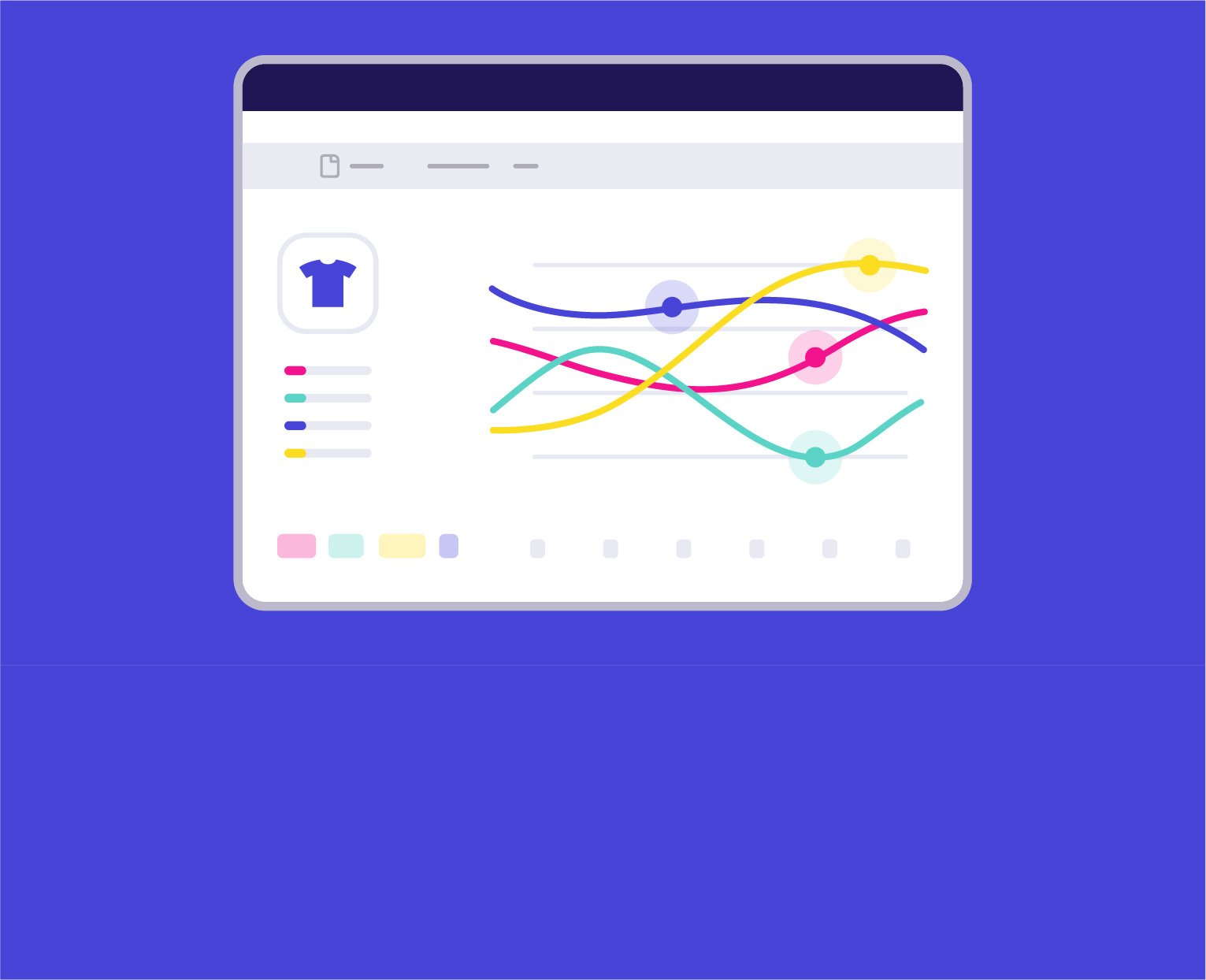
Product Insights
Review the performance of each individual product in your catalogue. Product performance data is collected from across your channels, analytics platforms, and custom sources, and combined with your catalogue to form a single source of truth.

Creative Factory
Turn static images into product videos in minutes. Creative Factory makes it possible to scale the creation of videos without having to hire a production team.
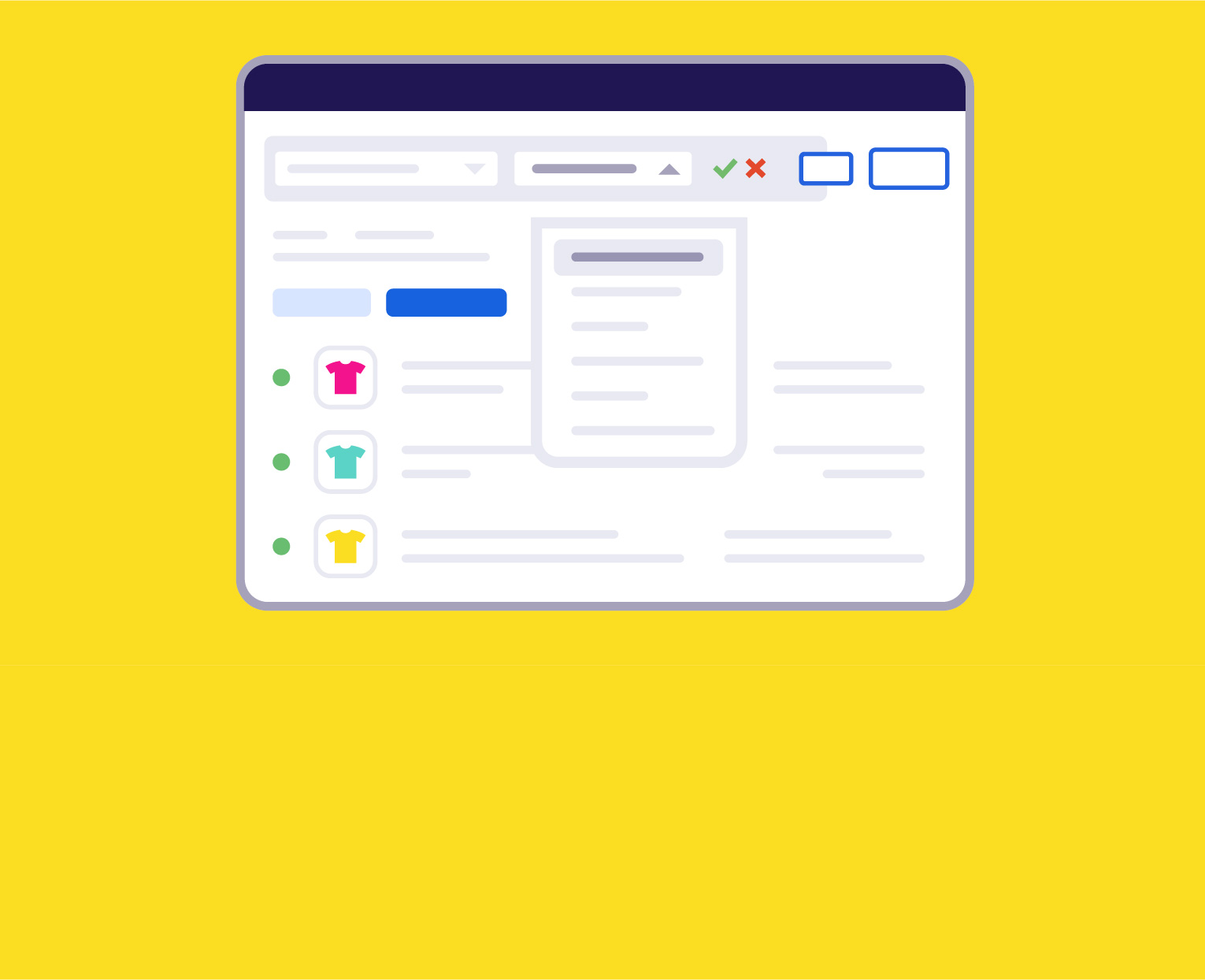
Product Sets / Groups
Use the right products for every campaign. Filter your catalogue by any metric you can think of: ad-spend per product, revenue, margin, Google Shopping impressions, and more, and promote these custom groups on Meta and Google from the same platform.
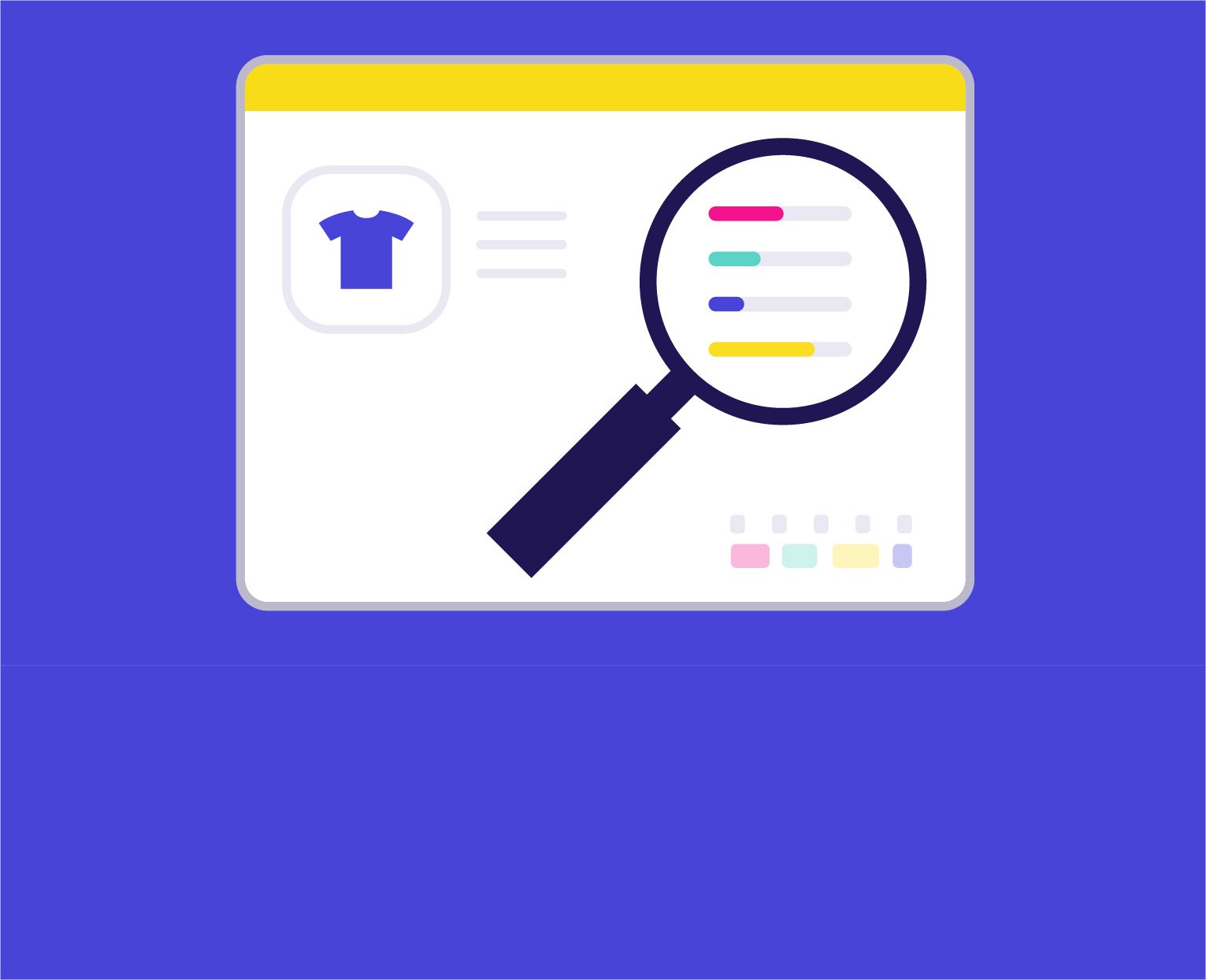
Analyse Product Data
Analyse your product-level performance for each campaign. See which category and product performed the best and which took the biggest portion of your spend.
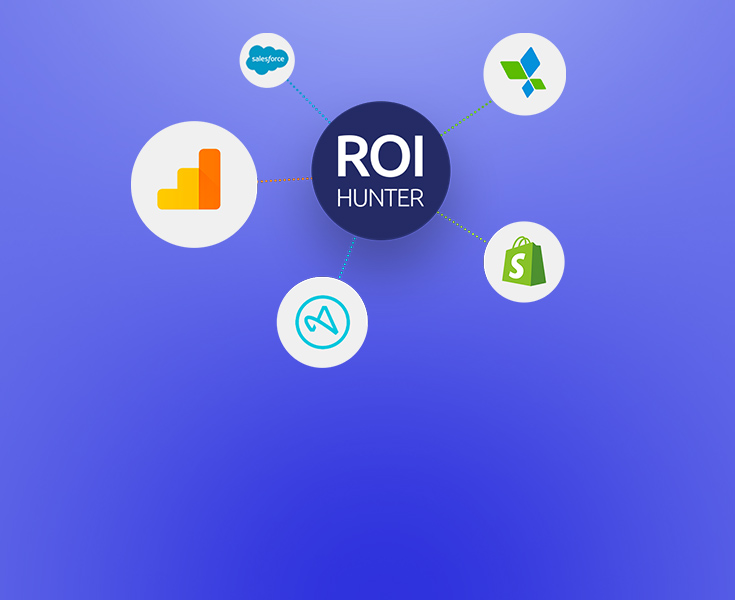
3rd Party Integrations
Integrate your 3rd party measurement data (CRM, Google Analytics, Adjust, AppsFlyer, and more) with ROI Hunter
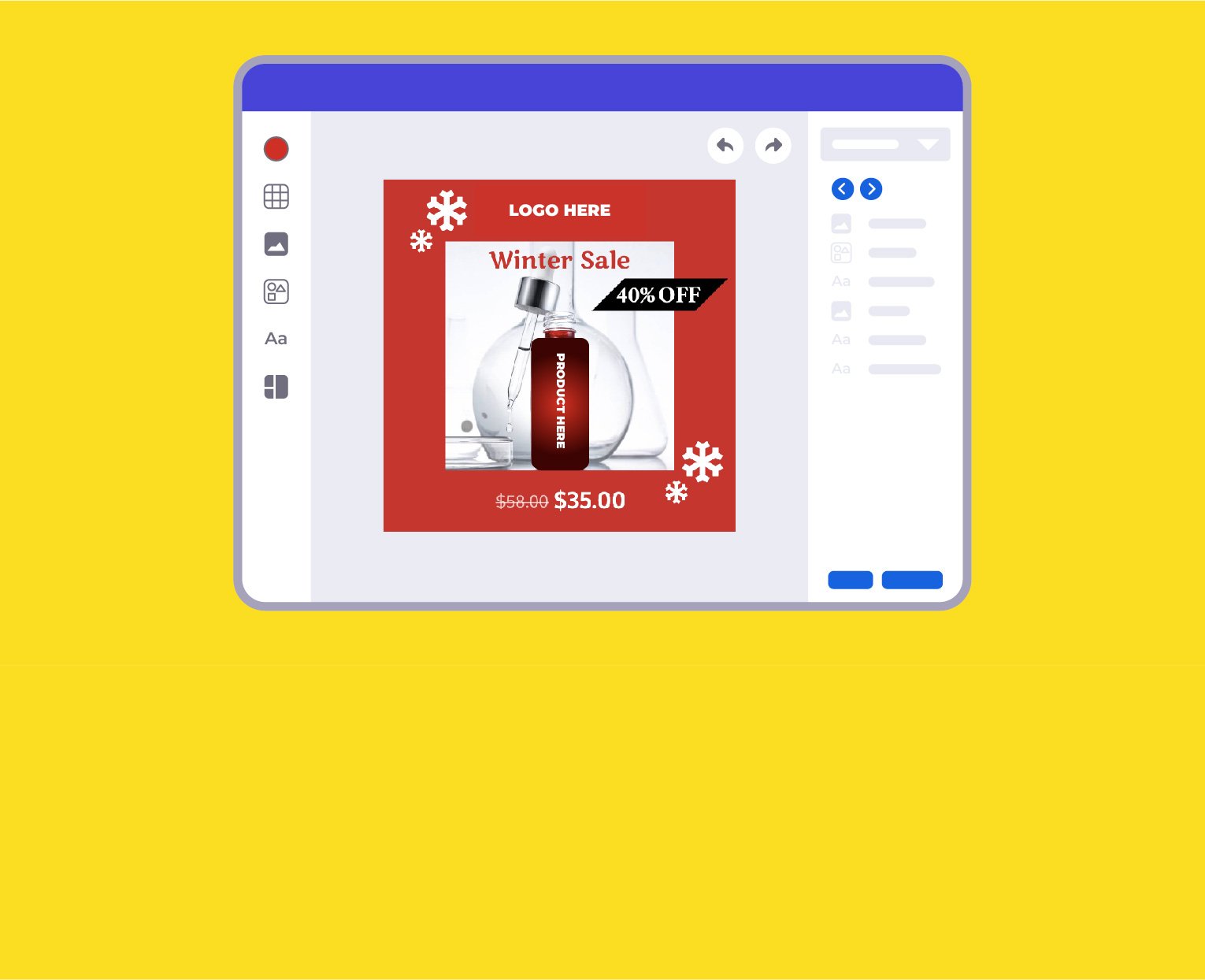
Template editor
Create Meta promotions without a graphic designer. Schedule promotions ahead of time, automate product badges, change your ads without a new review, and more.